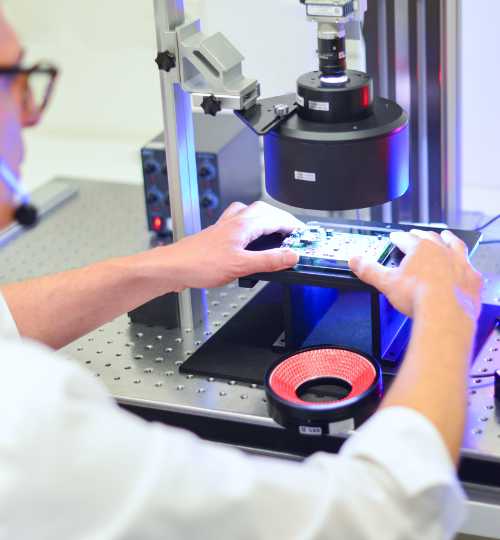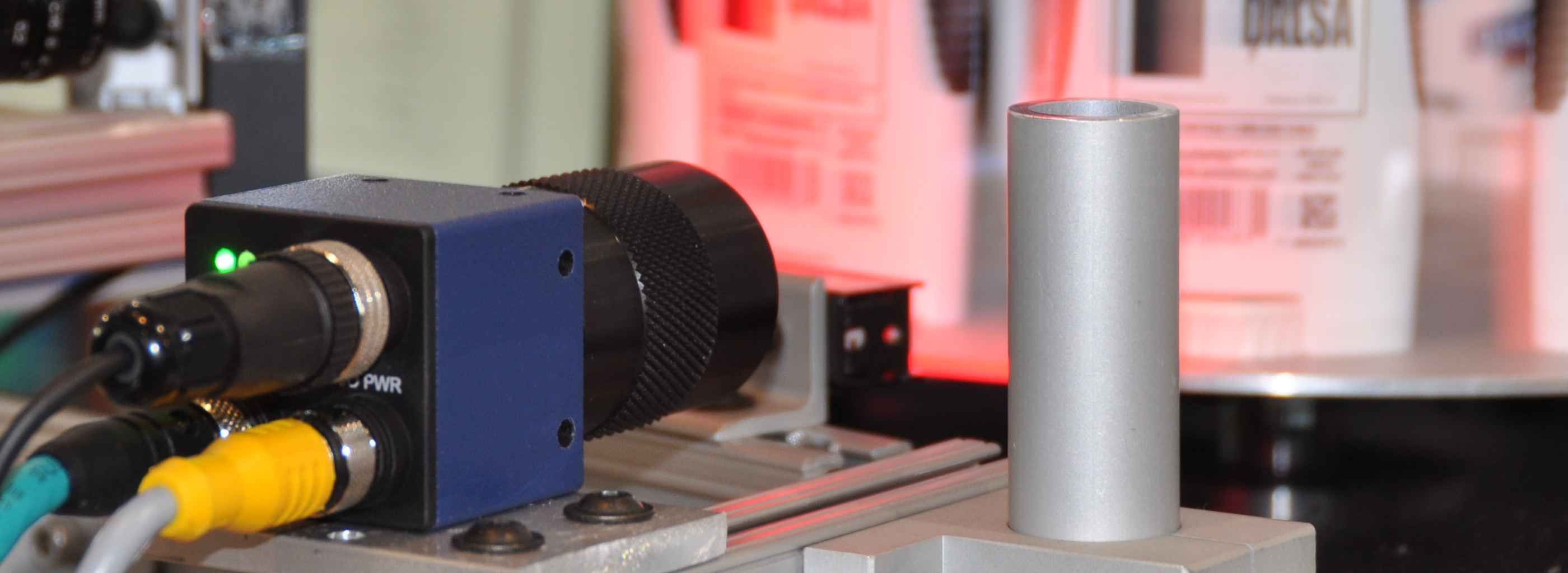
Systems
Hardware und System selection
MV system: Teamplay!
No vision system works without well-matched hardware.
This applies to the image acquisition and processing components, but also to important elements such as lighting, optics, lighting controllers, etc.
Steps for selecting a system:
-
What technology do I use to create images?
-
How and with which equipment are they processed?
-
What kind of data exchange is required for communication?
Example: Setup of a MV system

System Selection
The variety of image processing components available for building a custom system is almost endless, and the number of suppliers of intelligent camera systems is growing every year.
Thanks to the increasing power of digital signal processors (DSPs), FPGAs and compact multi-core CPUs, it is now possible to build much more compact systems very cost-effectively and with little hardware effort, which would previously have required a more complex system.
Various platforms:
-
High-End PC Systems
-
Embedded Systems
-
Smart Cameras
-
Vision Sensors
-
Cloud based Processing
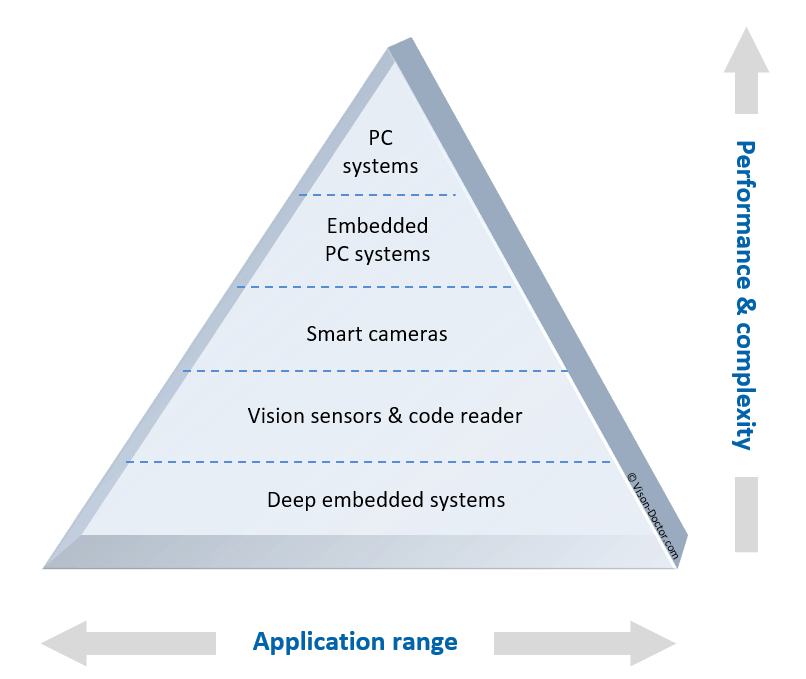
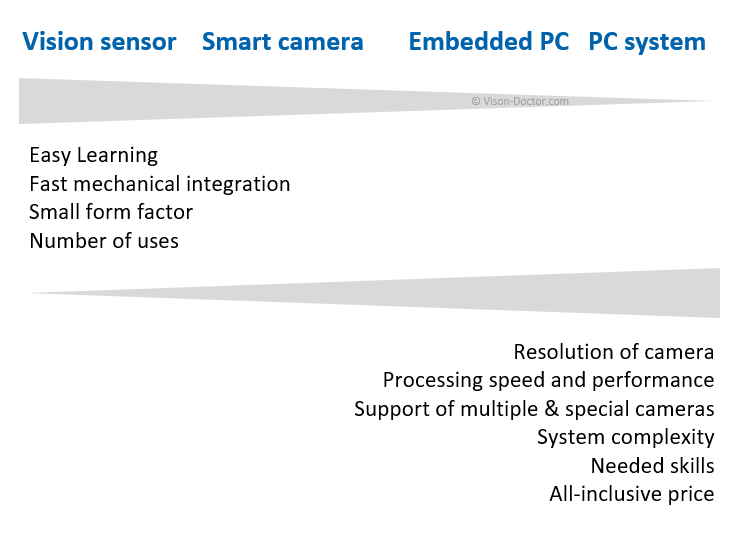
Vision Sensors and Code Reader
Simple vision sensors and code readers are selling well in automation. The reasons for this are the falling prices of electronic components and ease of use. Integration time is short, and device costs range from a few hundred to around 2000 euros.
Ideal for simple applications! However, make sure that you have defined the required functionality in advance. It may be that there are no suitable inspection tools for additional defect features, or that you simply need a higher camera resolution (which is unfortunately not offered). The rigid optics and lighting concept also imposes many restrictions.
Nevertheless, simply inspecting simple features - that's the focus here. You don't need to be a rocket scientist to solve simple vision tasks.
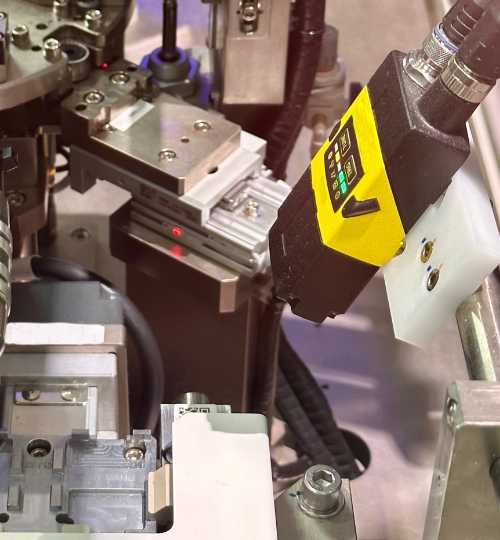
Intelligent Cameras / Smart Cameras
More complex intelligent camera systems, also known as smart cameras, are also becoming more common. Priced from €1,500 to around €15,000, they are still affordable and are now solving applications that would have required a PC system just a few years ago.
Thanks to the proprietary software environment and compact hardware, these systems can now be operated by end users with basic knowledge of machine vision. As a result, they are often used directly by end users.
Thanks to powerful multi-core CPUs, embedded GPUs and other high-performance components such as DSPs and AI cores, these devices are becoming increasingly powerful and have already replaced many PC systems. Intelligent 3D camera systems are also becoming increasingly common in 3D imaging.
Another incentive for using such platforms is the wear-free, fanless operation with a closed embedded operating system. System administrators are happy with any system that does not require patching. Cybersecurity made easy.

Systems using Vision Controllers
The group of embedded systems usually works like the classic PC system with cameras for image acquisition and a central processing unit. Today, this can be either proprietary hardware or an embedded PC system running Windows Embedded, QNX or Linux.
The advantage of these solutions is the higher performance of a separate CPU, which can be much larger than a smart camera. Where more processing power and/or a multi-camera solution is required, these often fanless units are of interest. These more complex solutions are aimed at advanced MV users and system integrators. Typical applications are, as with the PC system, multi-camera systems, line scan camera solutions and more computationally intensive 3D applications.
Closed solutions, where the programmer cannot install his own software, are also attractive as they are less critical in terms of security than an open Windows-based PC system: an increasingly important issue today.
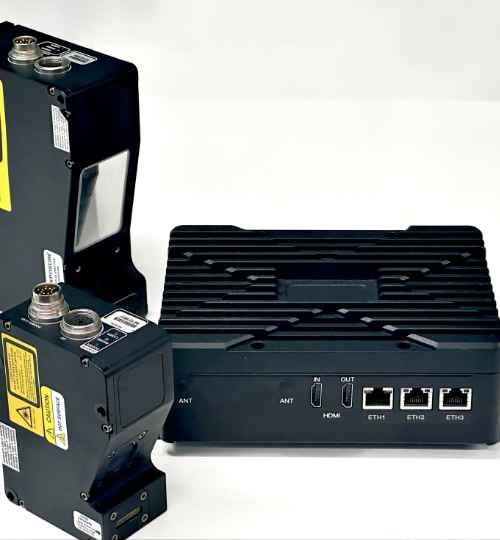
PC based Machine Vision systems
The classic PC-based MV system offers the greatest flexibility. With a free choice of PC and MV hardware such as processors, frame grabbers, cameras, interface cards, SSDs and RAM, it is possible to put together a system with a good price/performance ratio. However, the initial investment is a few thousand euros, which is hard to beat. However, as soon as faster, higher resolution cameras or multiple cameras are required, this system is again at an advantage. The MV software used can range from easy-to-use, ready-made graphical user interfaces to freely programmed special solutions based on software libraries. When data and images need to be recorded and archived, and a separate user interface is required, there is no alternative to a PC-based system. For system integrators who offer and sell application solutions, this is the ideal system.
Typical usage for pc based MV systems:
-
Multi camera systems, Mono, Colour, 1D, 2D, 3D
-
Hyperspectral Imaging
-
Thermal Imaging (passive + aktive)
-
X-Ray Imaging
-
Lidar
-
Terahertz Imaging

Which imaging system to use?
-
How complex are the hardware requirements? Is a smart camera easier to use, but does it solve the problem? Is a simple GUI enough to solve the problem or do I need to program?
-
Do you have the technical resources and knowledge to design, develop, commission and maintain the system yourself, or should it be a complete system bought in?
-
Do you have enough time to complete the project?
-
Should the production operator be able to teach new product variants and applications? Intelligent camera systems can be an advantage here, as they may not be able to solve all applications, but they are easier to use. Setting simple process parameters can be much more elegant with PC systems, where the user interface has usually been customised by the system integrator or in-house MV department.
-
How important is the price of the system to you? Are you looking for a good all-round solution for as many do-it-yourself tasks as possible, or a very specialised high-end system? For simple inspection tasks and lower resolutions, simple intelligent systems have a clear financial advantage as they do not require a full computer system. With two or more cameras and higher resolutions, a PC system could become increasingly attractive in terms of price.
-
Can you program? For both PC and smart cameras, software is available with off-the-shelf graphical user interfaces, or you can use compilers to create your own and customise it to suit your needs.
-
How easy is it to operate and maintain? It is not just the initial cost that counts, but also the day-to-day operation of the system.
-
What kind of technical support do I get from my supplier or partner? How good is their ability to deliver or respond to problems?
-
Has the company been around for a long time and will it still be around in a few years' time?
Need help selecting a system?
Vision-Doctor.com is a private, independent, non-commercial homepage project and not a technology provider or system integrator. Suitable technologies and further professional support can be obtained from the companies & partners listed below.
If necessary, I will be happy to provide a quick recommendation, contacts and brief information.
